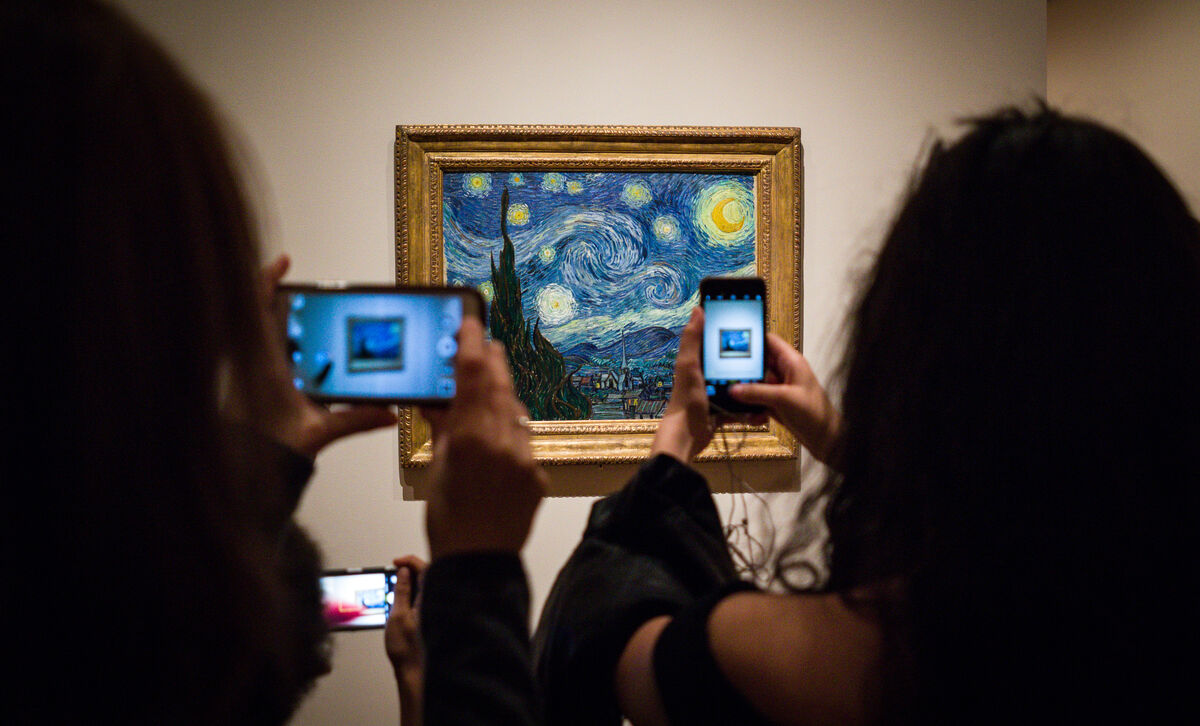Barbara Van Vlaenderberch had eighteen children. Sadly, that’s pretty much all I know about her.

Hans Memling, Portrait of Barbara Van Vlaederberch, c.1482
She was married to Willem Moreel, a man who had been born into a prominent Bruges family and who became a public figure of great wealth and standing in that city, holding numerous powerful positions throughout the second half of the 15th century.
But what is her story?

After Hans Memling, ©Elizabeth Fram, Graphite on paper, 11.7 x 8.25 inches
When we were at the Musées Royal des Beaux-Arts in Brussels last fall, Barbara’s portrait caught my eye. It was painted in 1482 by Hans Memling, a prominent painter of the affluent, and hence, one of Bruges’ wealthiest citizens himself.

In progress. The first steps involve mapping out the image with a water-erasable pen, then outlining with a variety of stitches to suggest depth and translucence.
Zooming in on her facial features, while ignoring her medieval dress and hennin, I see an undeniably contemporary air about her. Unlike many formal devotional portraits, it’s not hard at all to imagine her as a living, breathing individual who will soon get up from her prayer and move away.

In Progress. Using both Memling’s portrait (enlarged on my iPad) and my own drawing, stitches mimicking hatch marks lend form and definition to individual features. Exploring with stitch allows me to flex my artistic license and to reach beyond to something that is more than a mere copy.
Copying a masterwork is an opportunity to study it in minute detail, to glean valuable technical lessons and, obviously, to reflect upon its subject. Stitching Barbara Van Vlaenderberch has given me plenty of time to wonder about the life and thoughts of a woman who had the fortitude and physical endurance to carry and give birth to eighteen (!) children. Despite her great wealth, what could it possibly be like to raise a virtual tribe? (It seems those eighteen progeny lived, as evidenced in Memling’s 1484 Moreel Triptych – a work which marks the birth of the family portrait. I can’t help but speculate on how many others didn’t survive). What was her life really like? Was her serene appearance merely a devotional ruse by a painter who knew how to please a wealthy client? Or is it truly a measure of her personality? Perhaps she was just too tired to look anything but calm.

In Progress. I’ve learned to space stitches out so that there is room for another layer of stitching to be added after the piece has been dyed. This picture highlights how pattern and texture, two components that are so key to textile work, carry with them a unique sense of visual excitement.
We all hide parts of ourselves from public view.
Now that the initial white-on-white embroidery is finished, over-dyeing the image with a stitched-resist pattern and then drawing it back out with another layer of embroidery will give me an avenue for exploring the notion of what is real and what is a mask.
The bonus, for me, is having a brief chance to recognize Barbara Van Vlaenderberch, a woman we will never know, as an individual.

In Progress. The initial layer of stitching is complete. It may be hard to see here, but one detail to note: I used only one strand of thread vs two in an effort to suggest her veil and its translucence. We’ll see if that carries through and what else I may need to do to make that clear after the piece has been dyed.
Stay tuned to my instagram to follow as this piece progresses over the next two weeks.
❖
Feeling cooped up because travel is curtailed by Coronavirus? Strong Sense of Place podcast and website will send you on adventures far and wide, with absolutely no risk of infection.


















































